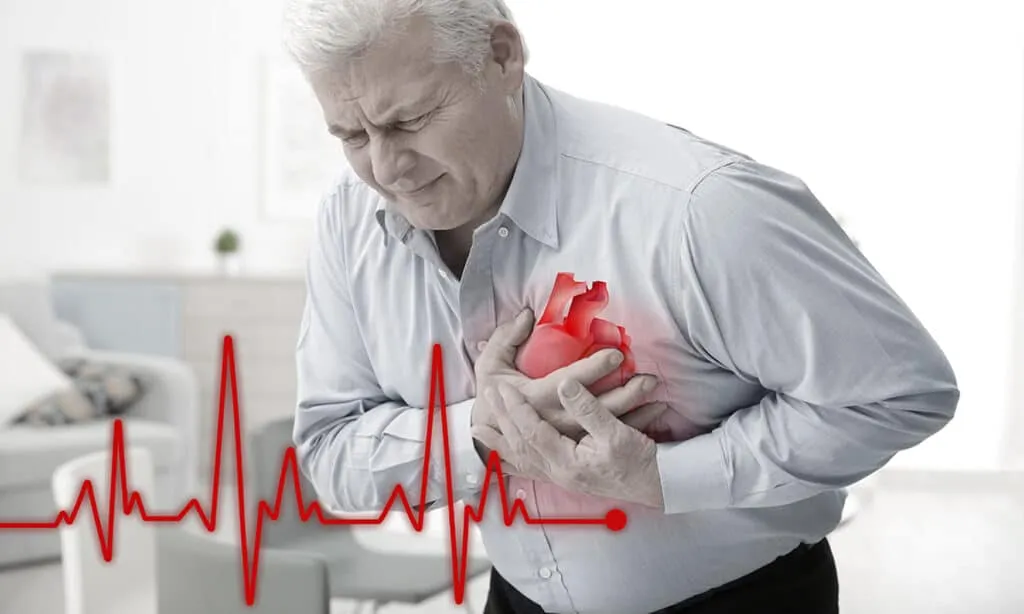Chest pain is a common symptom that can vary significantly in terms of intensity, duration, and severity. It might be sharp or dull, fleeting or persistent, and linked to several potential causes. Understanding the symptoms and their context is beneficial because while some may indicate minor issues, others could suggest more serious conditions.
Common Chest Pain Signs
Chest pain often manifests in diverse ways, depending on its underlying cause. Commonly, individuals may feel discomfort, pressure, or tightness in their chest. This sensation can appear suddenly or build up gradually over time. Many experience pain in the center or left side of the chest, although it may spread to other areas, such as the back, neck, or arms.
Some people describe this pain as a burning or stabbing sensation. Occasionally, the discomfort extends beyond the chest area, radiating to the shoulders or upper abdomen. Recognizing these variations in symptoms can provide valuable insights into the potential causes of the pain, even before medical evaluation.
Heart-Related Pain Clues
Chest pain related to heart issues often has distinct characteristics. These signs include:
- Pressure or tightness in the chest: This type of pain is sometimes described as “squeezing” or “heavyweight” pain, commonly associated with conditions like angina.
- Pain spreading to other areas: Discomfort that radiates to the left arm, jaw, neck, or back might indicate an issue with the heart.
- Pain linked to exertion: Symptoms that arise or worsen during physical activity and improve with rest can suggest a cardiac cause.
- Accompanying symptoms: Heart-related pain may be accompanied by nausea, sweating, difficulty breathing, or an unusually rapid or irregular heartbeat.
These clues are not definitive diagnoses but are often red flags that warrant further investigation.
Non-Cardiac Pain Symptoms
Not all pain in the chest originates from the heart; it can also be caused by factors other than the heart. Digestive issues like acid reflux or a hiatal hernia are common culprits. This type of pain is often described as a burning sensation behind the breastbone, sometimes accompanied by a sour taste in the mouth.
Another potential source of non-cardiac pain is musculoskeletal injury or strain. Muscle tension or inflammation in the chest wall can cause localized pain, especially when the area is touched or moved. Similarly, respiratory issues such as a pulmonary infection or bronchitis can cause chest pain, often accompanied by a persistent cough or difficulty breathing. These non-cardiac symptoms are typically less alarming but should not be ignored entirely, especially if the pain persists or worsens.
When Pain Signals Danger
Chest pain can sometimes indicate a more serious health issue. Watch for these warning signs:
- Sudden, intense pain: Pain that starts abruptly and persists may signal a condition, such as a heart attack or a tear in a blood vessel.
- Chest pain with other serious symptoms: If the pain is accompanied by shortness of breath, dizziness, fainting, or marked weakness, seek immediate medical help.
- Worsening or persistent pain: If your pain does not lessen with rest or becomes more severe over time, it should not be ignored.
- Swelling or a feeling of pressure elsewhere: Unexplained swelling in the legs, abdomen, or other areas, combined with chest discomfort, might suggest a severe underlying problem.
Recognizing these signs is beneficial for getting prompt medical care.
Listen to Your Body
Although chest pain ranges from mild to severe, any occurrence deserves attention. Many causes are not life-threatening, but self-diagnosis is never advised. Differentiating between cardiac and non-cardiac issues often requires professional evaluation. If you experience any pain in the chest, consult a healthcare professional.
- FREHF – The Revolutionary Future Of Human-Centered Technology!
- Adsy.Pw/Hb3 – Boost Your SEO And Drive More Traffic!
- Fitness Based Vacations By Timeshealthmage.com!
- TimesHealthMag Tips For Improving Sleep Quality – Expert Advice For Better Rest!
- How TimesHealthMage Helps Improve Your Lifestyle Habits!


Leave a Reply